Gone are the days where you only had one or two robot vacuums to pick from, and neither of them were all that great. We’re seeing an increasing number of wonderful robot vacuums that include things like smart home integration, 3D mapping, and much more. One of the latest series of vacuums to hit the scene comes from Yeedi with the Yeedi Vac and the Yeedi Vac Max.
As the names suggest, there’s a “standard” version and a “max” version. And while they perform many of the same functions and have the same features, there are a few key differences to know about when making your decision on which to choose.
Yeedi Vac vs Yeedi Vac Max
| Yeedi Vac | Yeedi Vac Max | |
|---|---|---|
| Price | $299 | $399 |
| Battery Life | Up to 110 minutes | Up to 200 minutes |
| Suction Power | 2500Pa | 3000Pa |
| Wet Mop | Optional Add-On | Included |
| Advanced Carpet Detection | ✅ | ✅ |
| Mapping and Nav | Visual SLAM Mapping | Visual SLAM Mapping |
| Customizable Cleaning Plans | ✅ | ✅ |
| Smart Home Integration | ✅ | ✅ |
| Self-empty Station Compatible | ✅ | ✅ |
| Special features | Schedule cleaning, No-Go-Zones, Zone Cleaning, Automatic Power Switching | Schedule cleaning, No-Go-Zones, Zone Cleaning, Automatic Power Switching |
What’s the same
Looking at these two vacuums side-by-side, you likely wouldn’t be able to tell them apart. The design is the same across the board, with a lift flap to access the bin compartment, along with a power button on the top and some Yeedi branding.
In terms of features and functionality, it’s almost the same story here too. Both the Yeedi Vac and Vac Max make use of 3D visual SLAM mapping to get the lay of the land, as it maps your home while picking everything up at the same time. You will need to run these vacuums a couple of times in order for it to make sure it reaches every corner, but that’s no different than other robot vacuums on the market.
With the accompanying app, you can then go through and create No-Go-Zones, along with editing the home map. This makes it so your Yeedi Vac (or Max) will only vacuum areas of the home or the level that you want. And with Zone Cleaning, you can set certain zones for specific types of cleaning. Those who need to clean the kitchen and the carpet, as you can edit the home map to only use the mop in the kitchen, but vacuum everywhere.
Not only can you pair this up with your favorite smart home system, such as Google Assistant, but the app also makes it possible to create scheduled cleanings. If you leave the house at the same time every day (or just want the vacuum to run at a certain time), the Yeedi Vac application makes it easy.
Then, when the vacuuming is done, these are both compatible with Yeedi’s Self-Empty Station. This is extremely convenient so you can just keep running the vacuum without needing to stop what you’re doing in order to clear out the bin.
But if you want to get the entire package, the Yeedi Vac Station is the way to go. Not only are you getting the Vac Max with all of its power, but you’ll also have the docking station which charges the Vac Max, but also makes it possible for your vacuum to empty itself.
Another useful feature found with both of these is Automatic Power Switching. Say you live in an apartment with just one floor, and it’s comprised of tile flooring and carpet. These Yeedi Vacs are capable of automatically sensing that, and will adjust the power accordingly based on the amount of debris along with the surface being cleaned.
And to just touch on the Selfy Empty Station for a moment, this is pretty awesome. It’s capable of holding up to 30 days of dirt and debris, while also acting as the charging station for your Yeedi Vac. Admittedly, the sounds emitted when the vacuum is emptying may be a bit jarring at first, but it’s something that you get used to over time.
What’s different?
There really aren’t too many differences between these two robot vacuums from Yeedi. But the two biggest differences come via the suction power and the run-time (or battery life). The Yeedi Vac provides up to 2500Pa of suction power, which is capable of handling most of what debris may be on the floor. However, you may find yourself needing to run the vacuum another time depending on how much dirt is on your floors.
As for the Vac Max, you likely won’t come across any problems thanks to the increased 3000Pa of suction power. This is able to pick up anything you put in its path, even if you just throw some flour on the ground intentionally just to show it off.
When it comes to the run-time, the Vac Max takes the cake as Yeedi rates this to last up to 200 minutes on a single charge. According to Yeedi, this means it can cover up to 2000 sqft, before needing to head back to the docking station. Meanwhile, the Yeedi Vac is rated for lasting up to 110 minutes on a single charge, meaning it’s better for smaller areas and rooms.
The final big difference between these two robot vacuums comes down to what’s included. With the Yeedi Vac Max, the company includes both the Mop attachment and Water Tank in the box. This means you’ll have everything you need to clean every square inch of your home without waiting for more attachments to arrive. While Yeedi doesn’t include these with the standard Vac, you can still use them, but you’ll need to purchase them separately.
Which Yeedi Robot Vacuum should you pick
Deciding which Yeedi Vac is right for you is no different than trying to decide between any other robot vacuums. Much of the decision comes down to a few key factors:
- Size of the area
- Mopping capabilities
- Are you a pet owner?
If you need the longest battery life, and the most suction power, then the Yeedi Vac Max is the way to go. It will clean up to 2000 square feet on a single charge while picking up anything in its path.
The standard Yeedi Vac is no slouch, as it will run for up to 110 minutes on a single charge, ideal for smaller apartments or just cleaning specific rooms. But if you have a pet, you might need to be prepared to run it a couple of times to get everything up off of the floor.
No matter which one you pick, the Yeedi Vac series is pretty awesome.

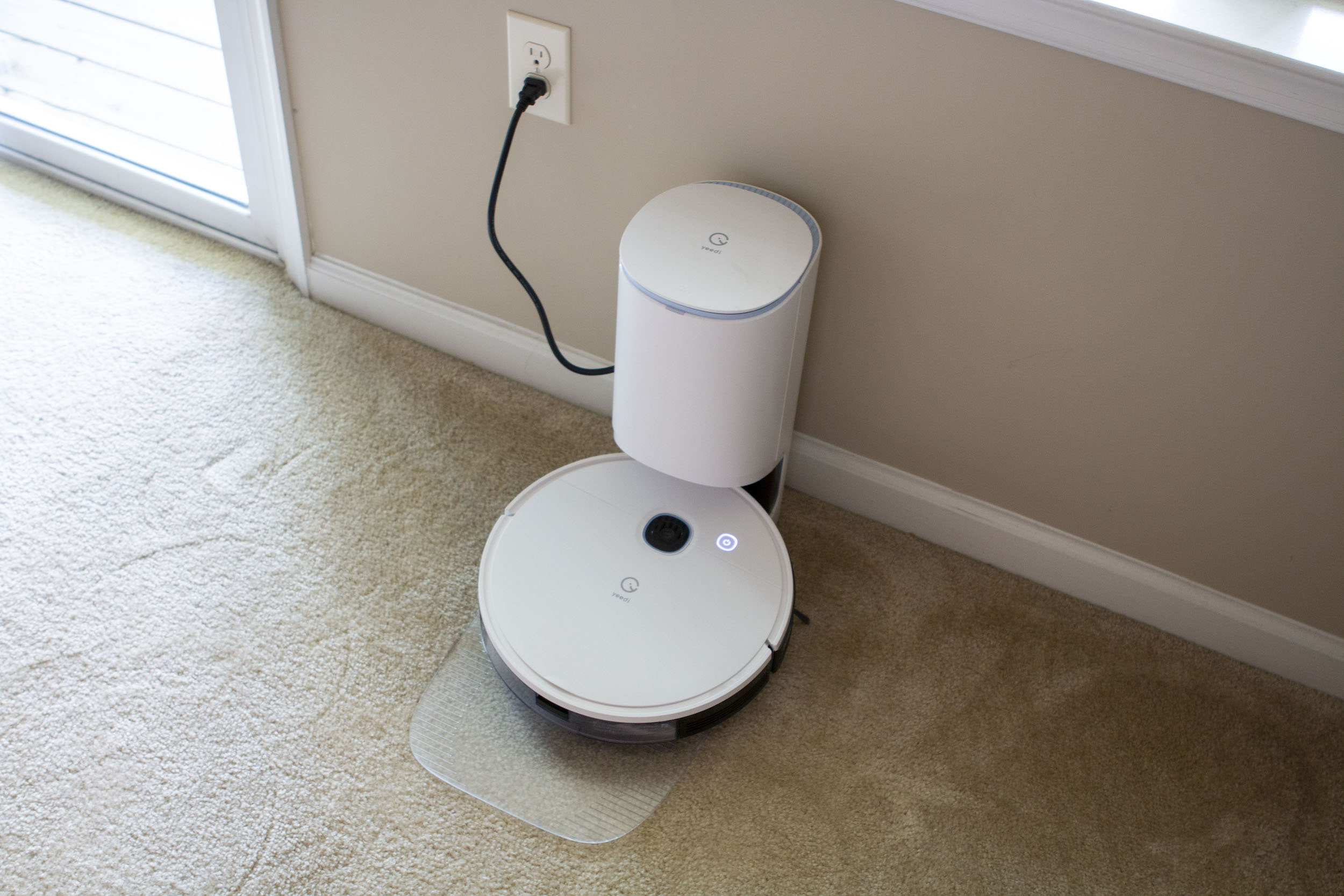
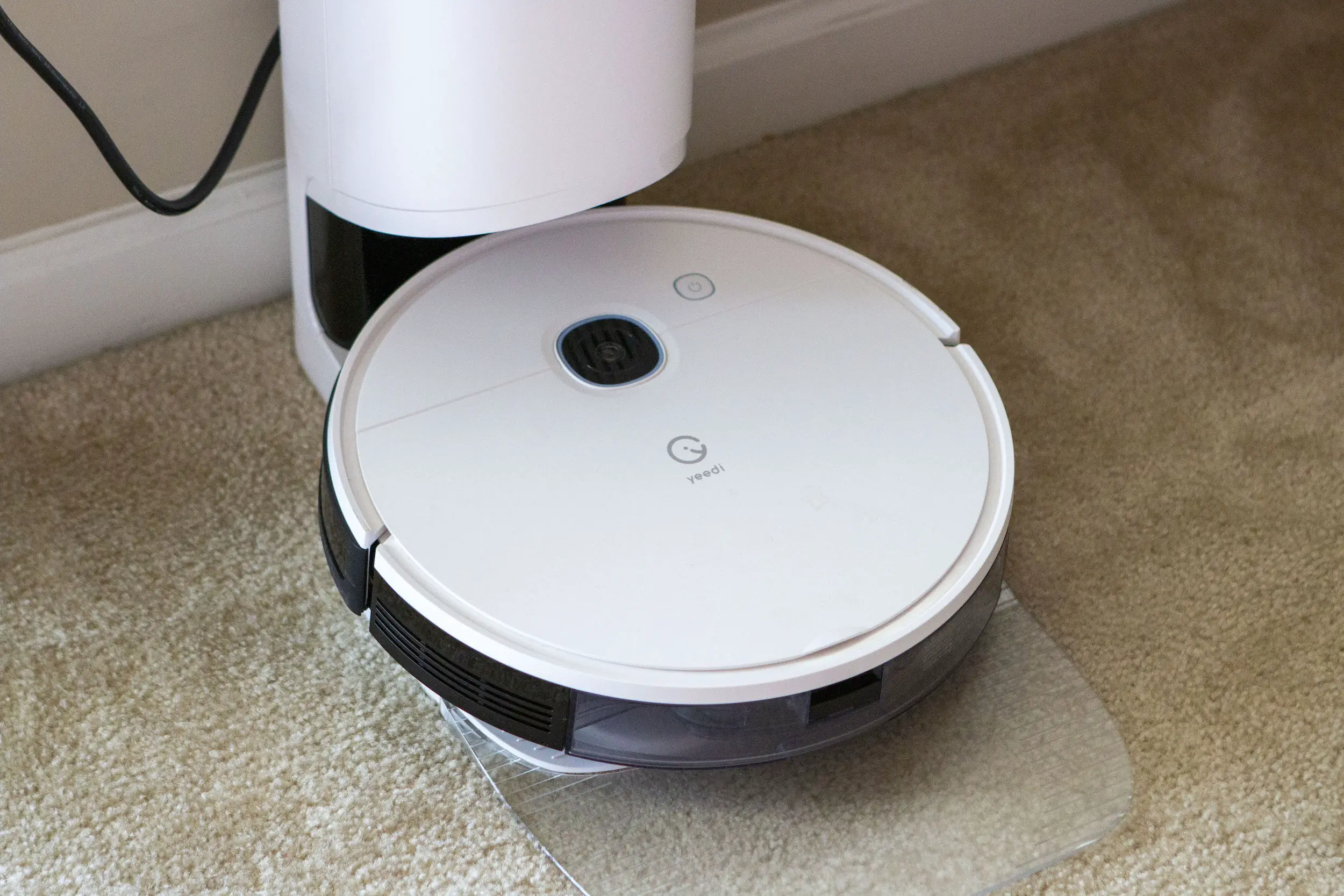
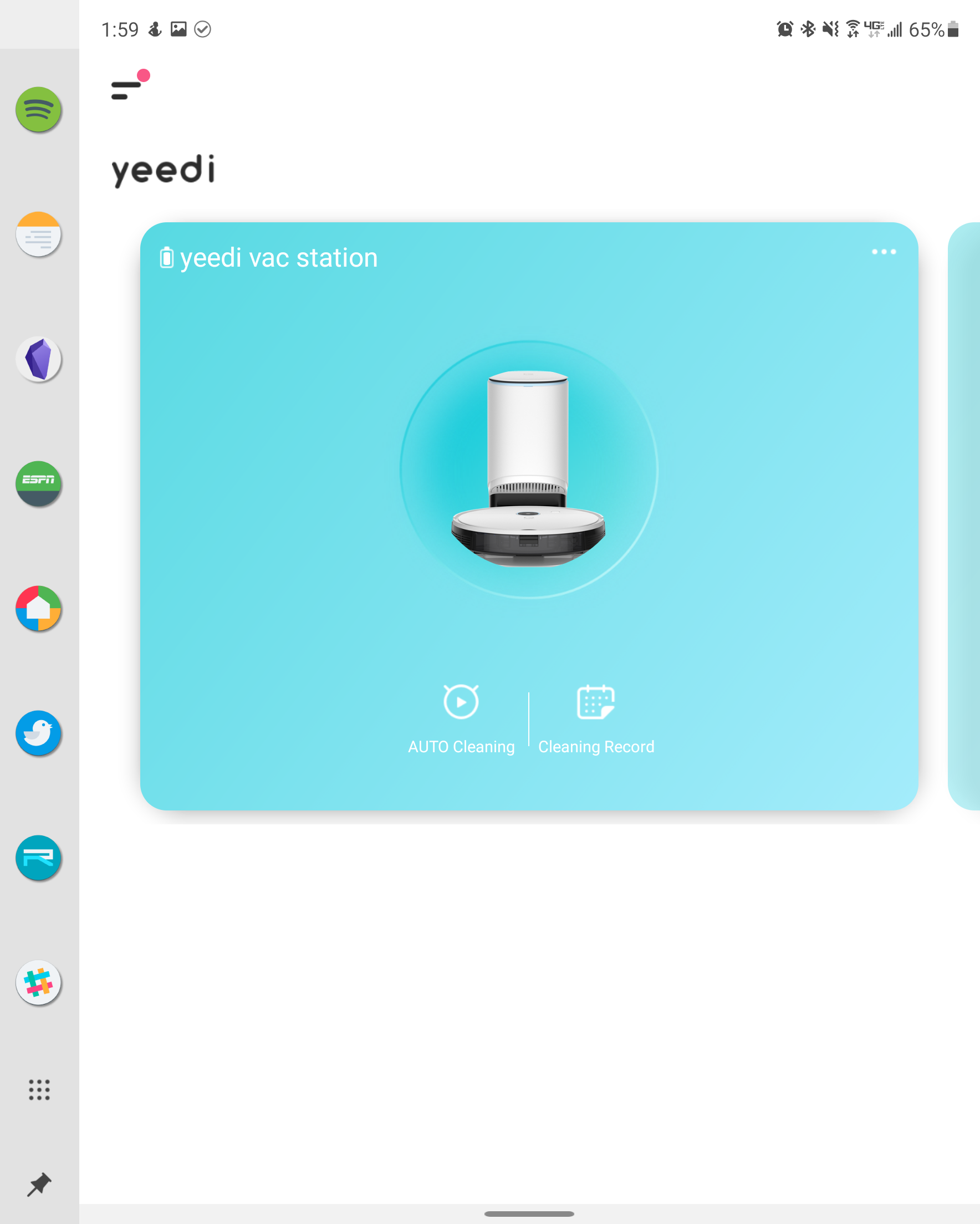

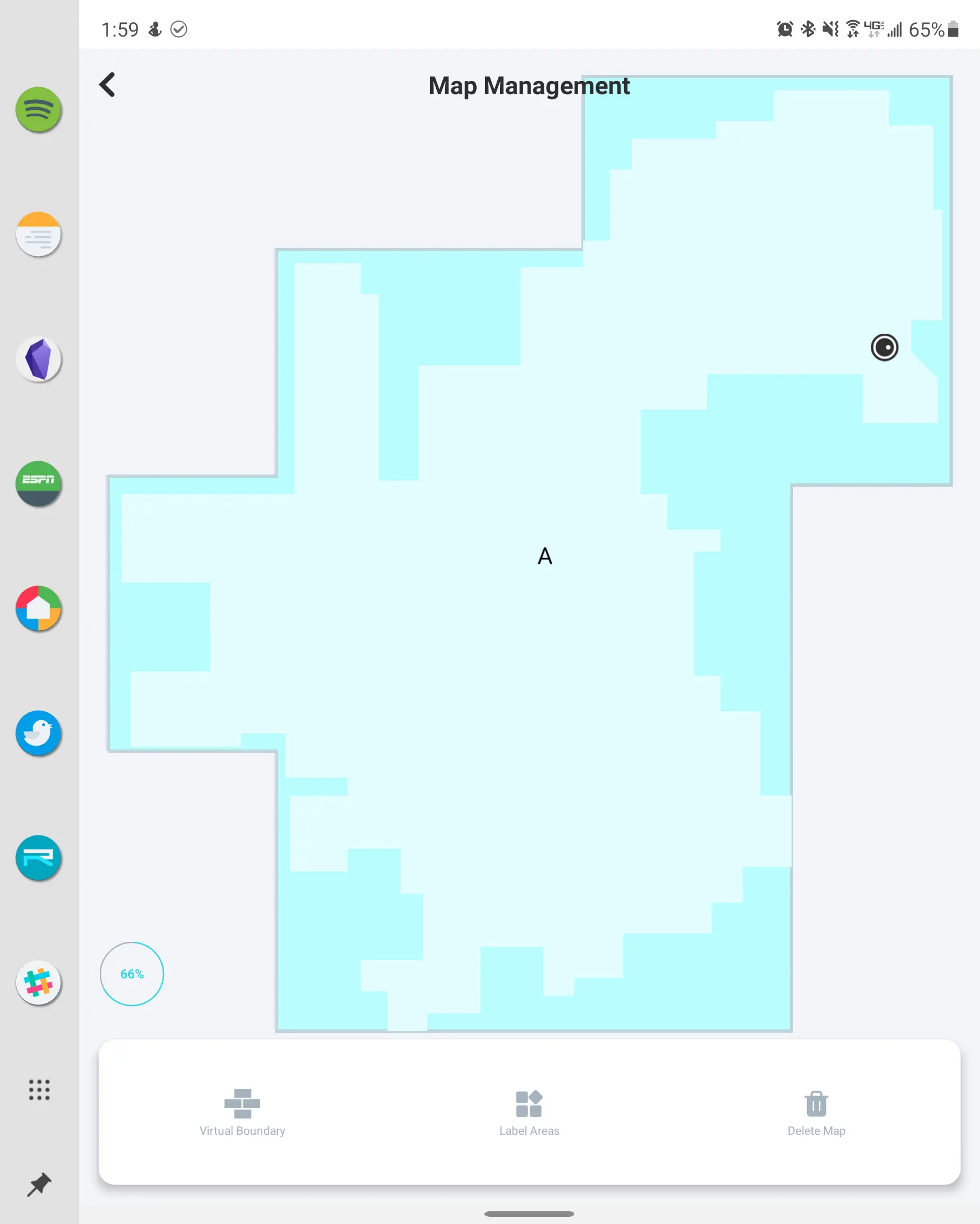

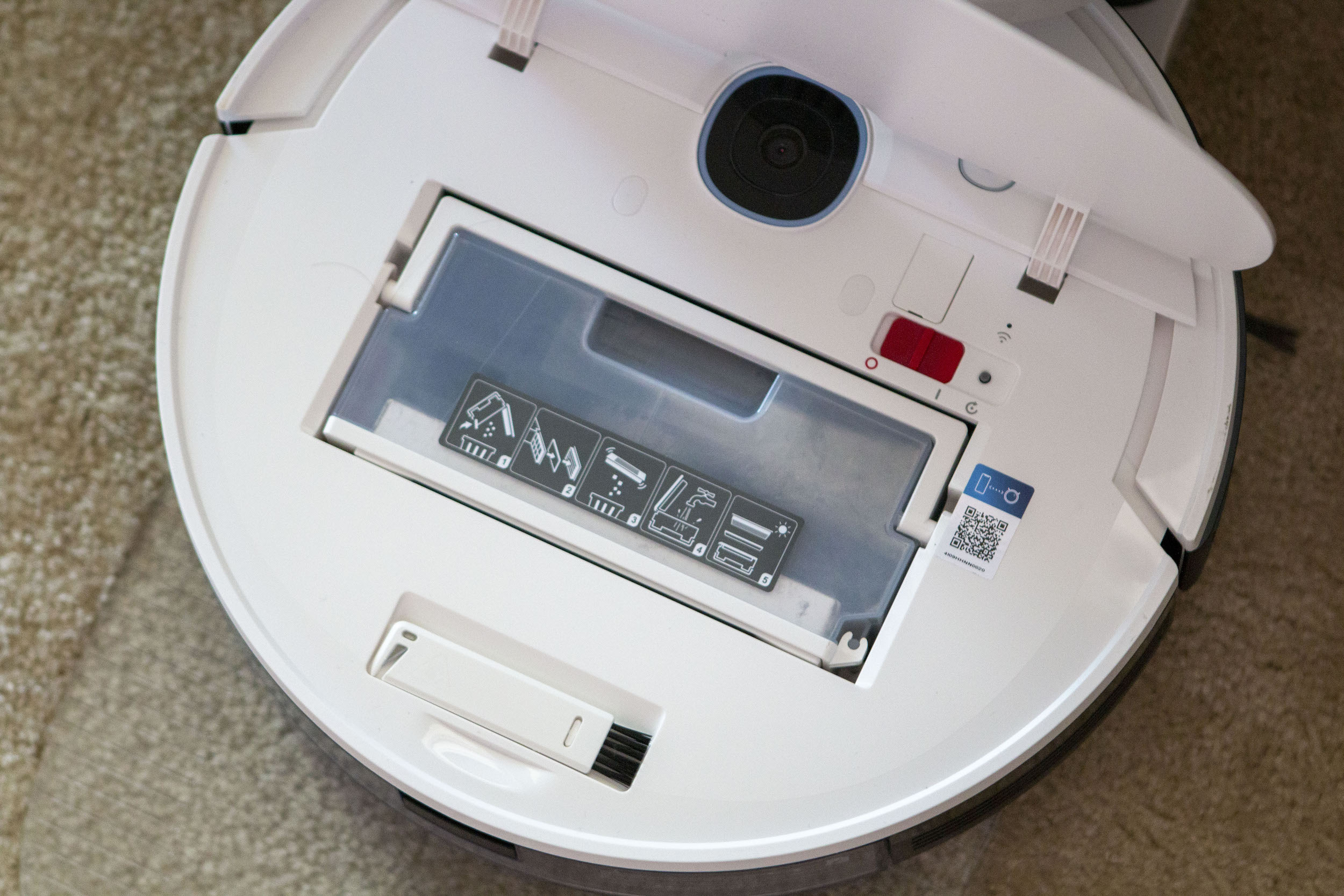
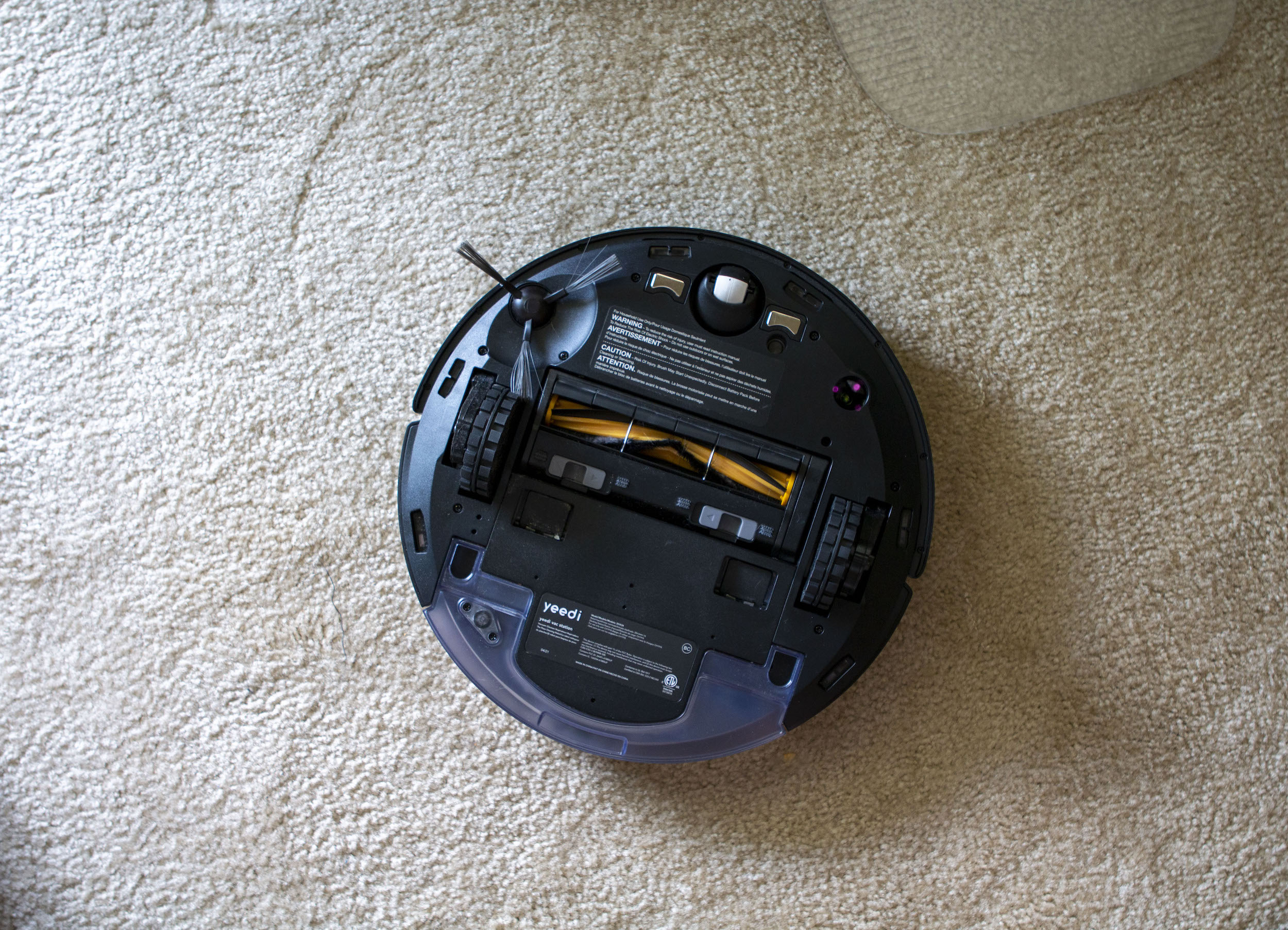
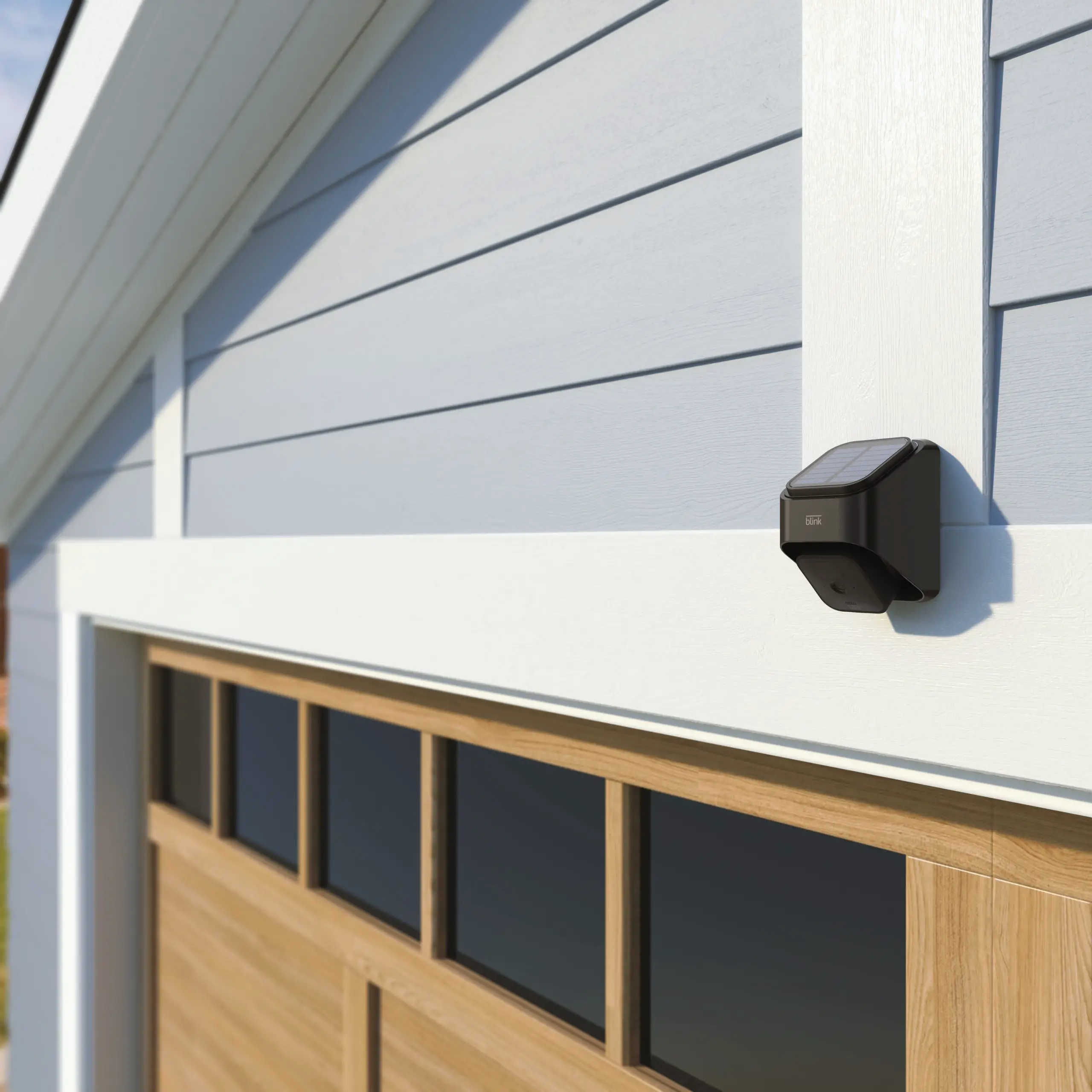
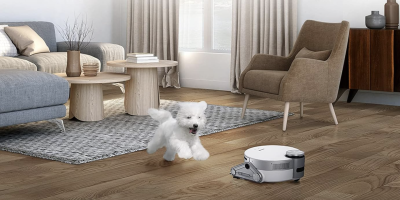
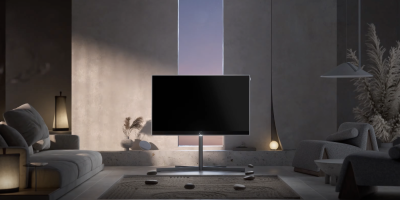
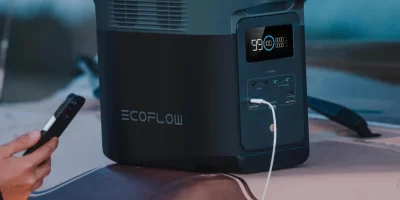
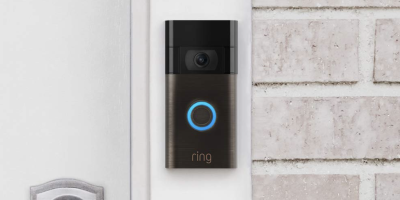
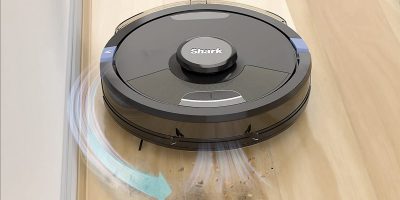




Comments